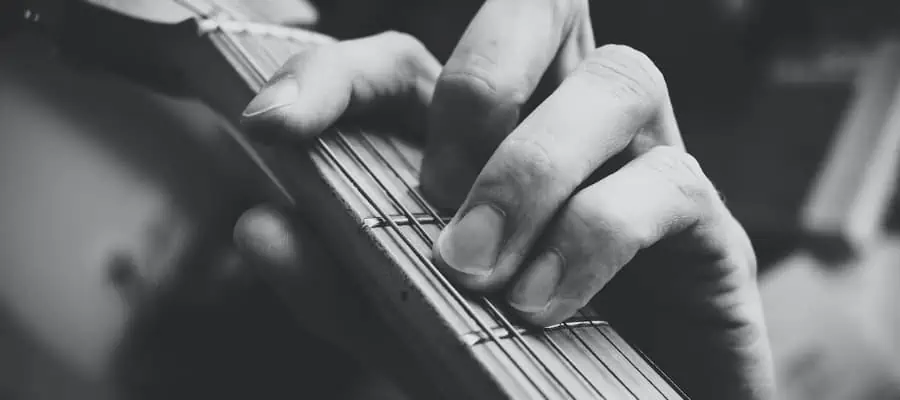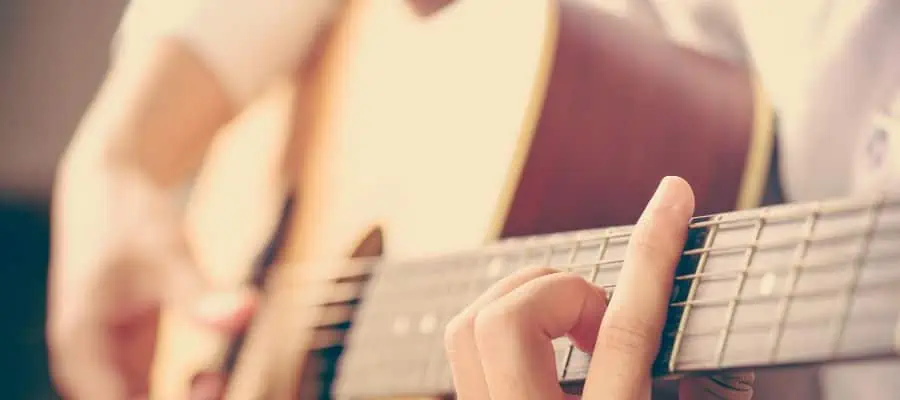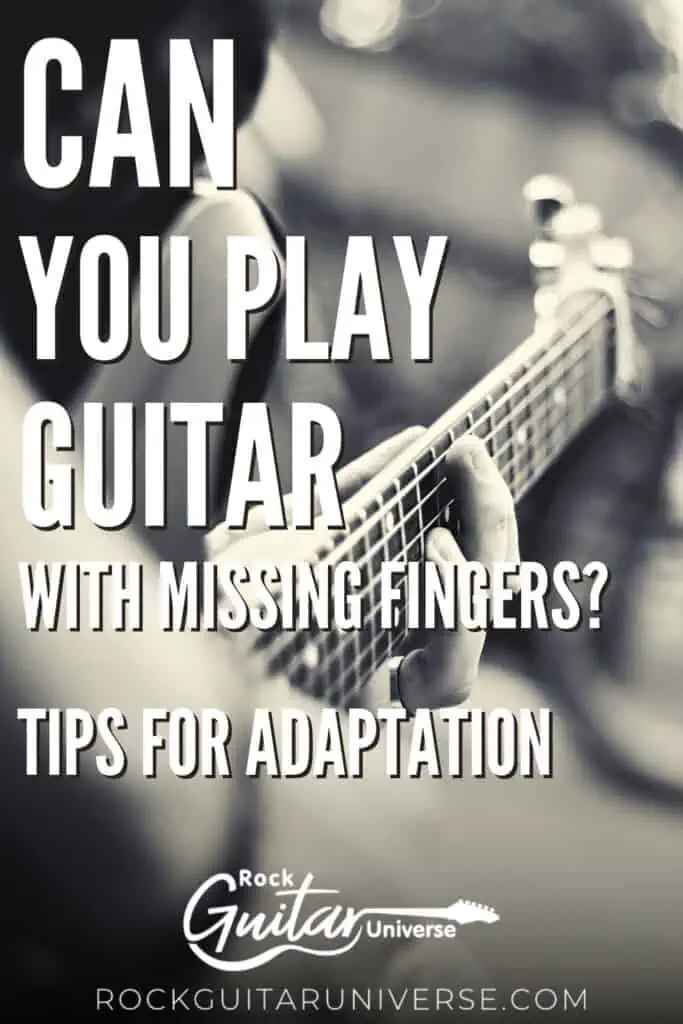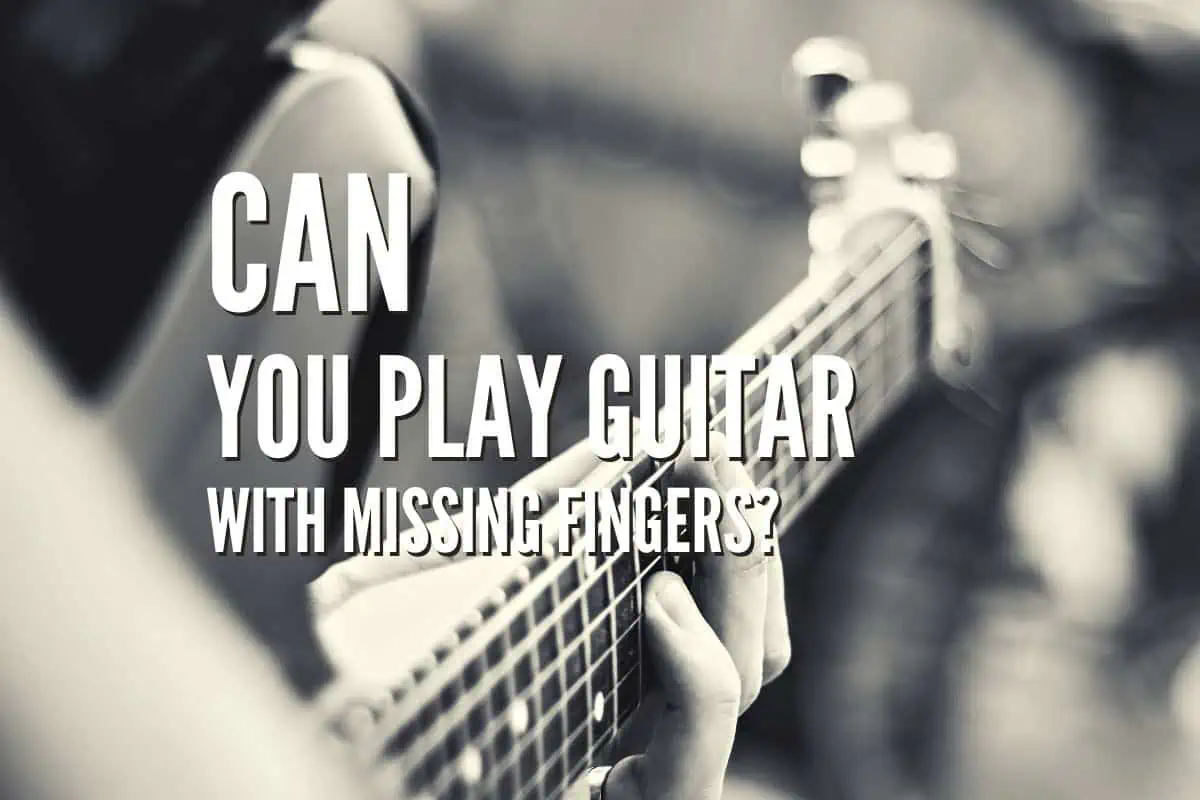Playing the guitar with missing fingers may seem daunting, but history has shown it’s far from impossible. Pioneers like Django Reinhardt, who played with two functioning fingers after a fire injury, and Tony Iommi of Black Sabbath, who lost the tips of several fingers, have proven that adaptability and creativity can overcome physical limitations. In essence, while missing fingers undoubtedly require adjustments in technique and expectations, they don’t preclude the ability to play the guitar.
Adapting to play the guitar with missing fingers involves rethinking how to approach the instrument. Guitarists may use custom equipment, unique tunings, or personalized playing methods like altered chord shapes to work around their limitations. This adaptation isn’t just about physical adjustments to the instrument; it’s also a mental game where resilience and perseverance take the front seat.
As you embark on this journey, remember: playing the guitar is about expressing yourself, and there’s no “wrong” way to do it if it sounds good. There have been guitarists before you who’ve faced similar challenges and succeeded, turning what was once perceived as a hindrance into their signature style.
So, if you’re wondering if you can play guitar with missing fingers, yes, you can, and you’re in good company.
Understanding Hand Anatomy and Guitar Playing

When considering guitar techniques, it’s crucial to understand how hand anatomy plays a role, especially if you’re working with missing fingers. The hand’s structure is complex and adaptable, meaning that while finger loss may present challenges, it can often be overcome through modified playing techniques.
Adapting Techniques for Finger Limitations
In the event of missing fingers, techniques and guitar setups can be adapted, such as:
- Customizing guitar necks: Flatter or narrower fretboards for easier reach. This way, you can play easier with two or three fingers, being able to reach every part of your instrument.
- Open tunings: Reducing the need for extensive finger stretching. With open tuning, you can play chords with easier shapes. For example, barring the same frets on all strings is enough for a basic major chord. So, you just need one finger to play a major chord in an Open tuning.
- Slide guitar: Using a slide on the strings allows for playing without fretting. You can create great melodies and beautiful sounds with the slide guitar technique.
- Unique Chord Shapes: Depending on the limitation, guitarists can use different chord shapes to play the chords more easily.
Moreover, employing assistive devices or prosthetics can aid in strumming or picking strings. Remember that with practice, even with limitations, your hand’s remaining anatomy can be harnessed to develop a unique playing style that works for you.
Inspirational Stories of Guitarists with Missing Fingers
Defying disabilities, numerous guitarists have showcased that physical limitations don’t necessarily impede musical prowess. History brims with musicians who turned potential setbacks into unique strengths, flipping the narrative on what it means to be a guitarist. They exemplify the undeniable truth – where there’s will, there’s a way to strum strings and create melodies.
Famous Guitarists Overcoming Disabilities
- Django Reinhardt
Born into a family of Romani gypsies, Django Reinhardt became one of jazz’s most astounding performers despite a devastating fire that significantly damaged his left hand. Two of his left-hand fingers were paralyzed. Yet he adapted his playing to become one of the jazz virtuosos. He influenced countless guitarists by crafting a novel technique to overcome his injury, emphasizing that creativity could eclipse disability. - Tony Iommi
Tony Iommi, the legendary lead guitarist of Black Sabbath, lost the tips of his middle and ring fingers on his right hand in a factory accident. Unyielding, he constructed homemade plastic fingertip extensions and detuned his guitar to ease playability, fundamentally affecting the sound of heavy metal.
Success Stories from the Guitar Community
- Jerry Garcia
The Grateful Dead’s frontman, Jerry Garcia, lost part of his right middle finger as a child. Despite this, Garcia’s guitar skills didn’t suffer. His unique sound and style became synonymous with the band’s identity, and a legion fondly remembers his fans as an unforgettable icon in music history.
Adaptive Equipment and Learning Resources

Playing guitar with missing fingers can be challenging but not out of reach. There’s a range of adaptive equipment designed to accommodate various physical needs and learning resources tailored for those with hand disabilities. Together, they open up possibilities for you to create music without standard hand function.
Custom Guitars and Gear
- Finger Protectors: If you miss a part of a finger or fingers, you can follow Tony Iommi’s footsteps and use a finger prosthesis or finger protectors to play guitar. It can feel a bit unusual in the first tries, but you can play without limitations when you get used to it.
Educational Materials and Support Networks
- Online Forums and Communities: Engage with platforms like Moosiko, where you can find educational materials and connect with a community for support.
- Specialized Music Educators: Seek educators who specialize in teaching individuals with disabilities, leveraging their expertise and experience to tailor lesson plans to your abilities.
Conclusion
Playing guitar with missing fingers is, indeed, a possibility. Musicians like the guitarist of Dead Kelly have demonstrated that even without an index finger, one can relearn the guitar using alternate styles or techniques. Your journey may involve developing unique methods to play chords and scales, emphasizing muscle memory and practice to compensate for the difference.
People with various hand disabilities still find ways to express themselves musically on the guitar. Adaptive techniques and consistent practice can lead to competence and even mastery of the instrument, whether using the right or left hand as the fretting hand. Guitar models and accessories designed to aid players with physical difficulties are also available, adding to how you can adapt to playing the guitar.
Your determination and creativity are the driving forces behind your ability to play without letting a disability define your musical boundaries. With persistence and the right approach, you’ll not only be able to enjoy playing your favorite songs but also potentially inspire others facing similar challenges.
If you found this article useful, you may want to save this pin below to your Guitar board.

4 thoughts on “Can You Play Guitar With Missing Fingers? Tips for Adaptation”
Leave a Reply
Recent Posts
Some guitarists insist on buying an expensive amplifier with their electric guitar. They assume that this is a must for every type of guitarist out there. However, in some situations, this isn’t...
Top 50 Free Realistic Guitar VST Plugins With Sound Examples
As technology has rapidly advanced in the recent decade, computers are stealing more and more roles from physical musical instruments and accessories. Nowadays, you do not need expensive amps,...


I have arthritis in my fretting hand, and I can’t bend my last knuckles on my ring and middle fingers. Is there a prosthesis that I can buy to bend these fingers in the correct shape to fret successfully?
Hi Doug, Sorry to hear about issues you are having with your hand.
I’m sorry but I’m not a doctor, you should see an orthopedic doctor that specializes in hands.
So recently, i lost the use to put pressure on my index finger due to a work injury. Is there any covering of sorts to aid in the pain when putting pressure with the finger? I like playing in free time, but this recent injury kind of dampens the pleasure to pick an instrument up. Thanks.
sorry to hear of your injury.
I would suggest you go see a physician